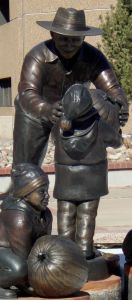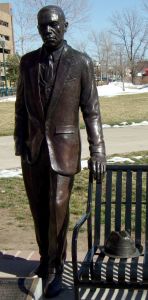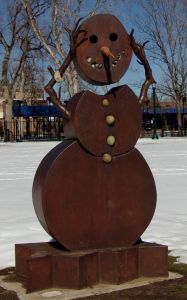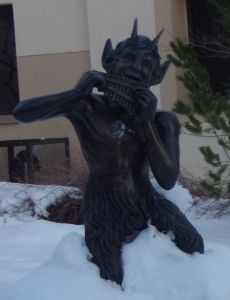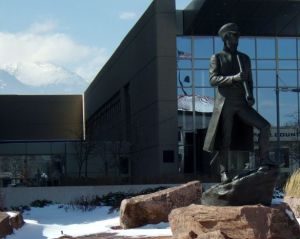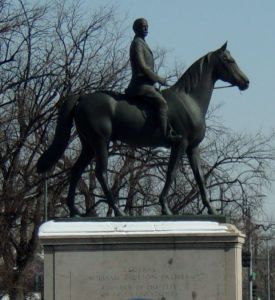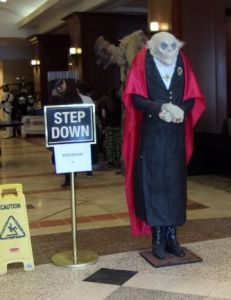I last posted a corner of a room, and just barely visible at the bottom of one are a collection of photos. Here’s the scoop on a few of the vintage photos.

This is my paternal grandmother in about 1925 when she was a 15 year old factory girl. She had gotten dressed up to go to a portrait studio to have this picture made. She was a first-generation American and was a native Russian speaker (although I never ever heard her do this). Her father was a coal miner and they lived in a small town across the river from St. Louis. She had moved to the city to work and lived with her older sister.
At the time this photo was taken she was making shoes, she later switched to making electrical fuses. She worked in a factory until she had a heart attack, then she sat on the sofa reading movie magazines. We always lived near her and I saw her frequently. I love this photo because she is so unfamiliar from the woman I knew.

This is my maternal great-grandmother who was born in 1863. I found this picture in a book on the Tuscarora tribe and it looks to be from about 1930. She had two families, the author of the book was a descendant from the first family. I don’t know what happened to that first husband, or the second, but my grandfather was from her third husband, the second family. She lived with my grandfather and grandmother on the Seneca reservation until after my Mom was born. Then she married again and moved back to the Tuscarora rez.

This is a picture of her grandfather, my great-great-great grandfather and I got this from the collection of a library in Niagara Falls. He was born in 1815 and died in 1899. I did not have any family stories of him, but I found him when I was doing some genealogical research. He was apparently the first Native American deacon on the Tuscarora reservation and was active in the Temperance movement. In contrast to life on the Tuscarora reservation, in the 1892 special census of the Seneca reservation, it is described as being full of pagans. Of course by the time my mom was born on the Seneca rez there weren’t too many (or any) at least openly pagans left.
I was able to share these pictures of her relatives with my mom when she was alive. Because she was the youngest in a second family, everyone was gone by the time she was growing up. When she was dating my dad he took her around to meet all of his relatives, and Mom thought it would be great to be in large family. After she married she found out about all the family feuds my grandmother had with everyone else, so we seldom got to see the nearby relatives.


























